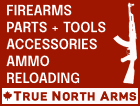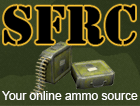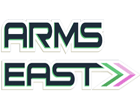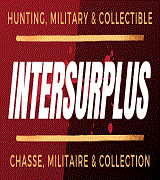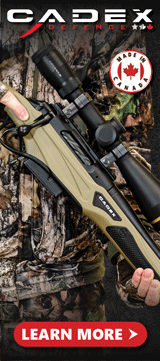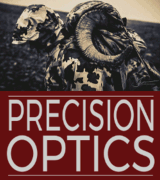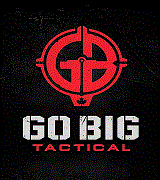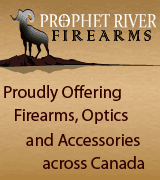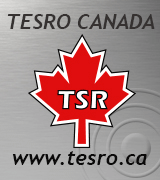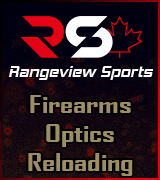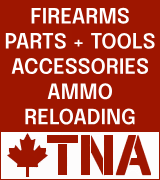Somebody at Epps last week tried telling me that you ought to use a smaller ball than the bore, to account for the thickness of the patch. I now see that they should get someone else to advise on buying BP loading supplies. Were they confusing this with what you might shoot in a muzzle-loading rifle perhaps, as opposed to the size of ball you need for these revolvers? I will get the .375" dia balls for my .36 as there seems to be enough people as well as the Pietta manual recommending that. I'll stick to their recommendation for .454" dia balls for the .44 as well I guess.
There's no info whatsoever in the Pietta manual about what you put between the ball and the powder in a BP revolver.
I'll trip on over to the BP forums to see what info I can dig up. I've read about pre-greased felt wads and such. I know,... I need to do more homework on this.

